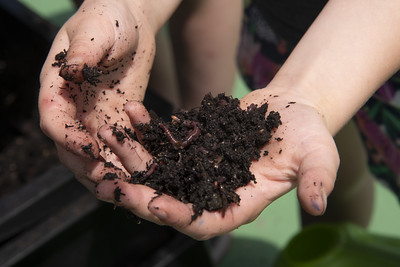
Vermicomposting
Students create a worm bin which will serve as a basis for investigations about ecosystems, life and nutrient cycles, and decomposition.
The National Agricultural Literacy Curriculum Matrix is a free database of standards-based lesson plans and resources for K-12 educators that use agriculture as a lens for teaching science, social studies, career and technical education, and nutrition.

Students create a worm bin which will serve as a basis for investigations about ecosystems, life and nutrient cycles, and decomposition.
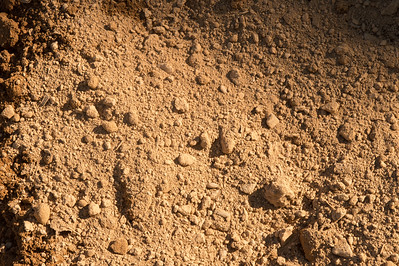
Students investigate soil texture and determine the texture of several soil samples.
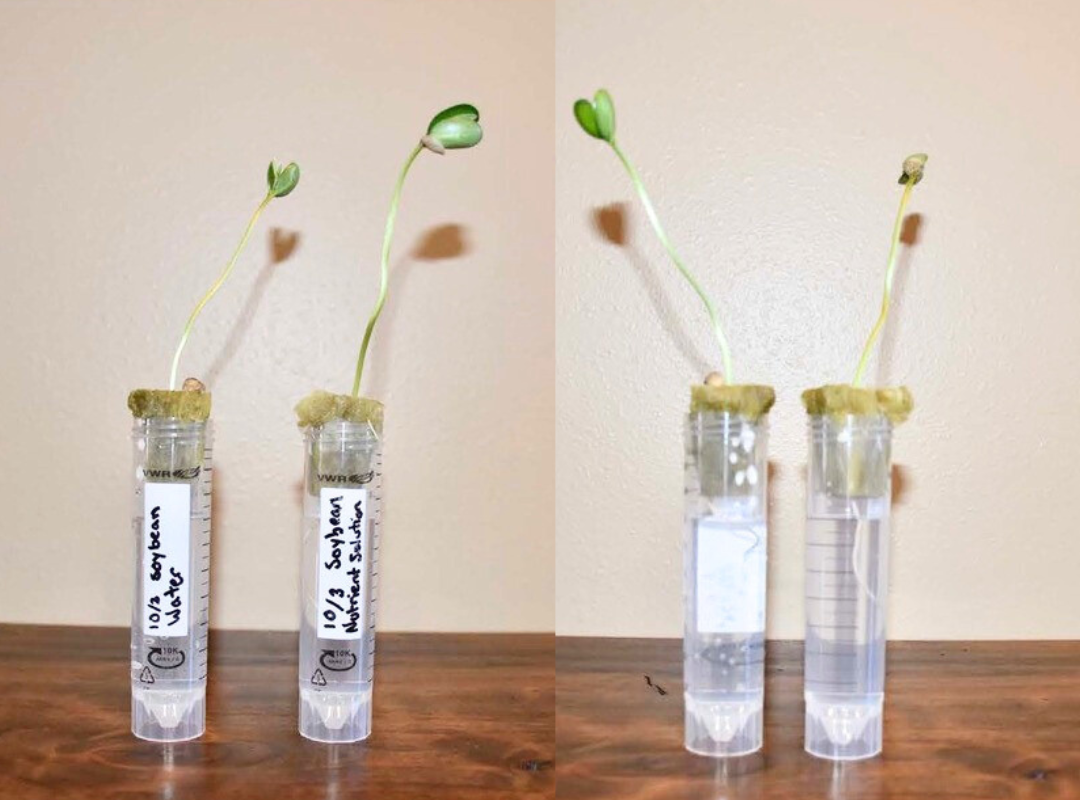
Investigate the importance of nutrients to support plant growth and discover how plants grow without soil by growing and observing plants in a test tube hydroponic system.

Students will understand how photoperiodism impacts plants and animals in the environment and learn how egg farms use this science to manage the laying of eggs by their hens.
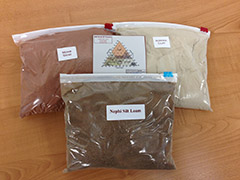
This is a great kit for teaching students about soil textures. The kit includes two cups of sand, two cups of silt, and two cups clay. All of the soil samples are from the state of Utah and are representative of the Intermountain Region, although the mineral content may be different, the particle sizes are true to soil texture type and can be used by other states for demonstration purposes. Order this kit online from agclassroomstore.com.
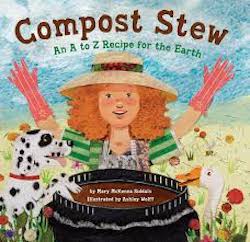
From apple cores to zinnia heads, readers will discover the best ingredients for a successful compost pile. How do you start a compost pile? What's safe to include? This book provides the answers.
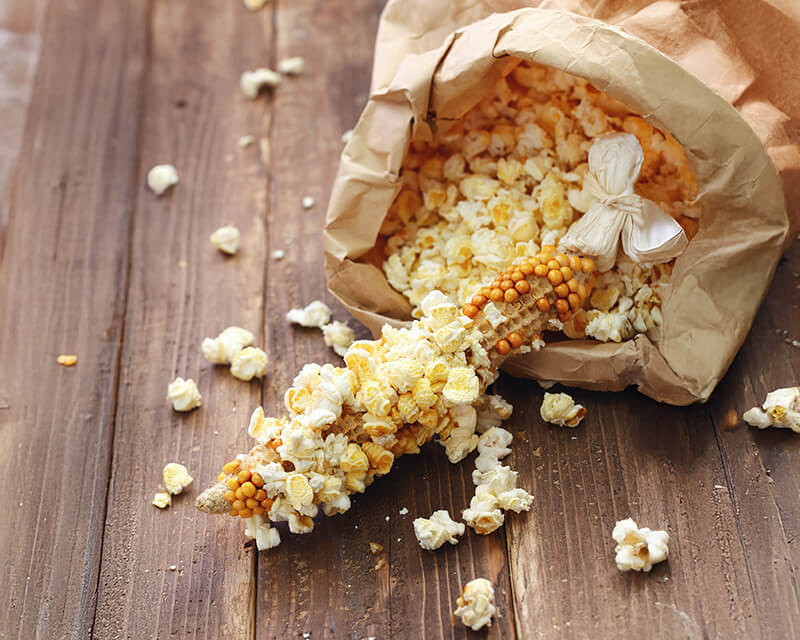
Students discover how popcorn is grown and explore the phenomenon of how popcorn pops.
Students observe the growth of Indian corn and popcorn seeds, observe similarities and differences between the two varieties, and discuss heredity.
Students work in teams to play a game in which they answer true/false questions about swine and then research and develop questions of their own.
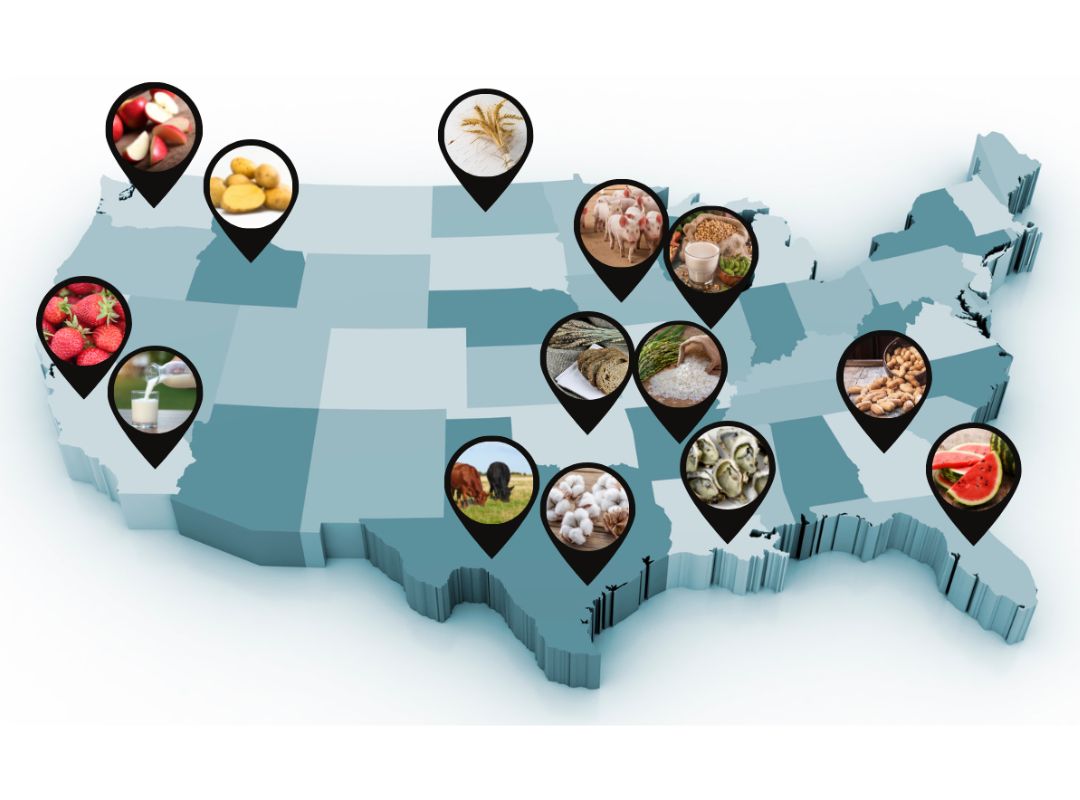
Students will discover how geography and climate influence the crops that are grown and the livestock that is raised in each state.
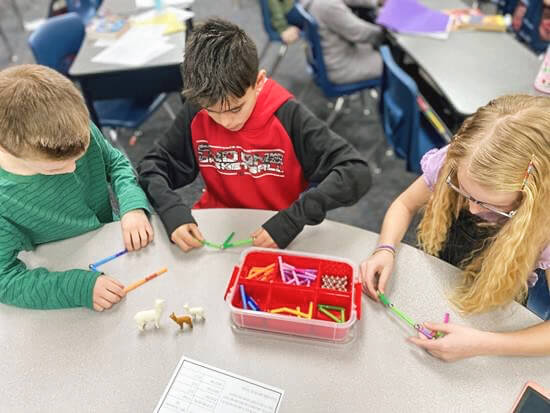
Ag Challenge Task Cards can be used during soft/STEM start times, as a brain break, or as a fast finisher activity. Students simply read the cards and draw, build, or discuss the solution to an agricultural industry problem. This resource was developed by 2022 Excellence in Teaching About Agriculture Award winner, Meaghan Porritt.
Let us know if you have an idea you'd like to share for a new lesson plan or companion resource.
Download a CSV spreadsheet containing the vocabulary words used in the Curriculum Matrix.